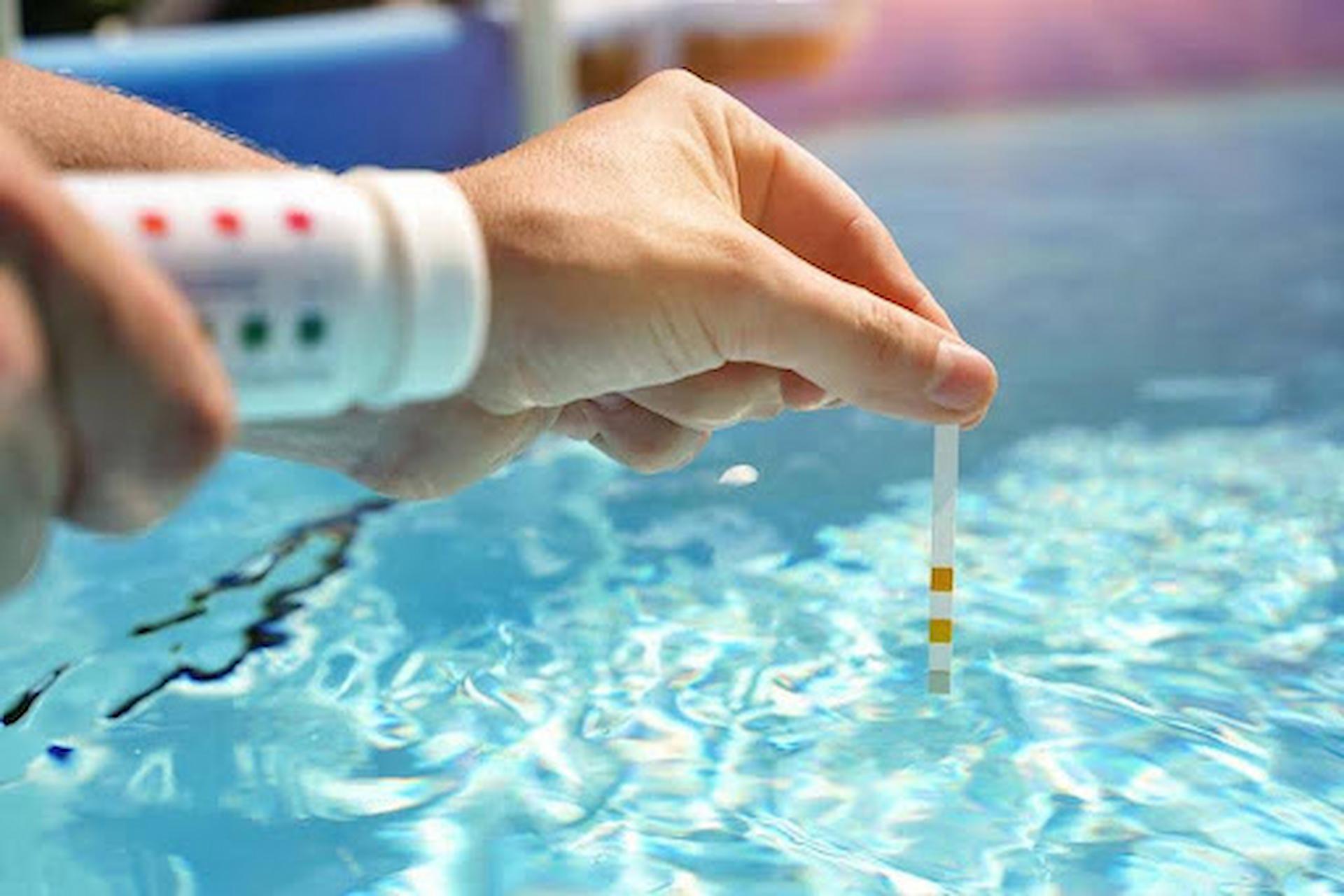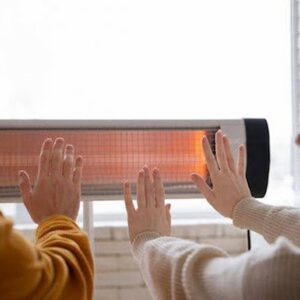Swimming pools are the heart of backyard fun. But to enjoy a safe, crystal-clear pool, proper maintenance is key. That starts with testing the water. Pools need the right chemical balance. Incorrect levels can lead to eye irritation, algae, or even health risks. That’s why every pool owner should rely on accurate, easy-to-use tools.
Why Water Testing Matters
A sparkling pool tells a good story. But unseen issues may lurk beneath the surface. Testing helps you:
- Ensure safety for swimmers.
- Prevent algae and bacterial growth.
- Extend the life of pool equipment.
- Save money by avoiding costly fixes later.
In fact, using swimming pool test kits routinely is one of the easiest steps you can take to protect both swimmers and your investment.
Types of Pool Test Kits
Choosing the right test kit depends on your pool size, budget, and skill level. Let’s break them down:
1. Test Strips
These are strips with color pads. You dip them in water and compare the colors to a chart. They are fast and simple.
Pros:
- Affordable
- Easy for quick checks
Cons: - Less precise
- Best for basic use
2. Liquid Drop Kits
Use a plastic vial and a colored drop. Add the reagent and match the water color to a guide.
Pros:
- More accurate than strips
- Reasonably priced
Cons:
- Takes more time to use
- Requires careful measuring
3. Digital Testers
Electronic devices that give digital readouts for pH, chlorine, and more.
Pros:
- Highly accurate
- Easy digital results
Cons:
- Higher cost
- Needs ongoing calibration
What to Test For
Your test kit should measure key water qualities. These include:
1. Chlorine or Bromine Levels
These are the main sanitisers. You want 1–3 ppm for chlorine, or 2–4 ppm for bromine. Too little cleaning power risks bacteria. Too much can irritate swimmers.
2. pH Level
A balanced pH level keeps chemicals functioning properly and prevents eye and skin irritation. Aim for a range of 7.2–7.6.
3. Alkalinity
This acts as a buffer to maintain a stable pH. Recommended range is 80–120 ppm.
4. Calcium Hardness
Hard water can damage pool surfaces. Soft water leads to corrosion. Keep it within 200–400 ppm.
5. Cyanuric Acid (Stabiliser)
This helps protect chlorine from being broken down by sunlight. Ideal levels are between 30–50 ppm.
How to Use Your Test Kit
It’s easy when you get the hang of it! Follow this routine:
- Gather Supplies: Clean test kit, fresh vials, reagent (if needed).
- Collect Water: Scoop water from elbow-depth. Avoid surface particles.
- Test Chemicals: Use strips, drops, or a digital meter as instructed.
- Record Results: Keep a small log to track trends.
- Adjust Levels:
- Add chlorine or pH increaser/decreaser.
- Shock the pool if algae appear.
- Retest: Wait a few hours, then test again for accuracy.
Common Problems and Fixes
Even with testing, you might run into issues. Here’s how to solve them:
Cloudy Water
- Check chlorine and pH levels.
- Run your filter longer.
- Use a flocculant or clarifier.
Algae Growth
- Shock the pool with high chlorine.
- Brush surfaces after shocking.
- Resume normal sanitiser levels once algae is gone.
Scale Build-up
- Lower calcium hardness.
- Use chemicals that inhibit scale.
- Clean surfaces as needed.
Corrosion
- Make sure pH and hardness are not too low.
- Use equipment-friendly chemicals.
- Schedule regular check-ups.
Tips for Choosing the Right Kit
Here are some smart pointers to help you pick:
- Know Your Pool Size: Bigger pools might justify digital testers.
- Check the Shelf Life: Reagents lose accuracy over time.
- Look for Easy-to-Read Results: A clear chart or digital readout helps.
- Think About Accuracy: Precise numbers matter if you manage often.
- Consider Convenience: Strips are great for quick checks before a party.
You can find a wide selection online or at pool stores. Before making a purchase, read reviews to ensure the product’s reliability.
Using Test Kits for Long-Term Success
Regular testing isn’t a one-time task. For optimal results:
- Test at least 2–3 times a week during warm weather.
- Adjust chemicals as needed.
- Keep a maintenance calendar.
- Share your results with a pool professional at least once a season.
- Clean or replace filters regularly.
In fact, consistency is the secret to a healthy pool. If you ever feel unsure, ask a professional. It helps build confidence and trust in your process.
Real-Life Example: The Smiths’ Pool
The Smith family noticed that their pool water was turning cloudy during the summer. They began using swimming pool test kits twice a week. After one month:
- pH and chlorine levels stayed within the recommended ranges.
- Algae disappeared completely.
- Their pool water cleared up beautifully.
They saved money and stress. Additionally, their kids enjoyed swimming safely throughout the entire season.
Final Thoughts
Maintaining a sparkling pool is simple when you test the water regularly. A good test kit gives control and confidence. You can prevent problems before they start. That saves time, money, and ensures safety.
Remember to test often. Adjust your chemicals promptly. And above all, stay consistent. A clear, inviting pool enhances your home and your summers.




